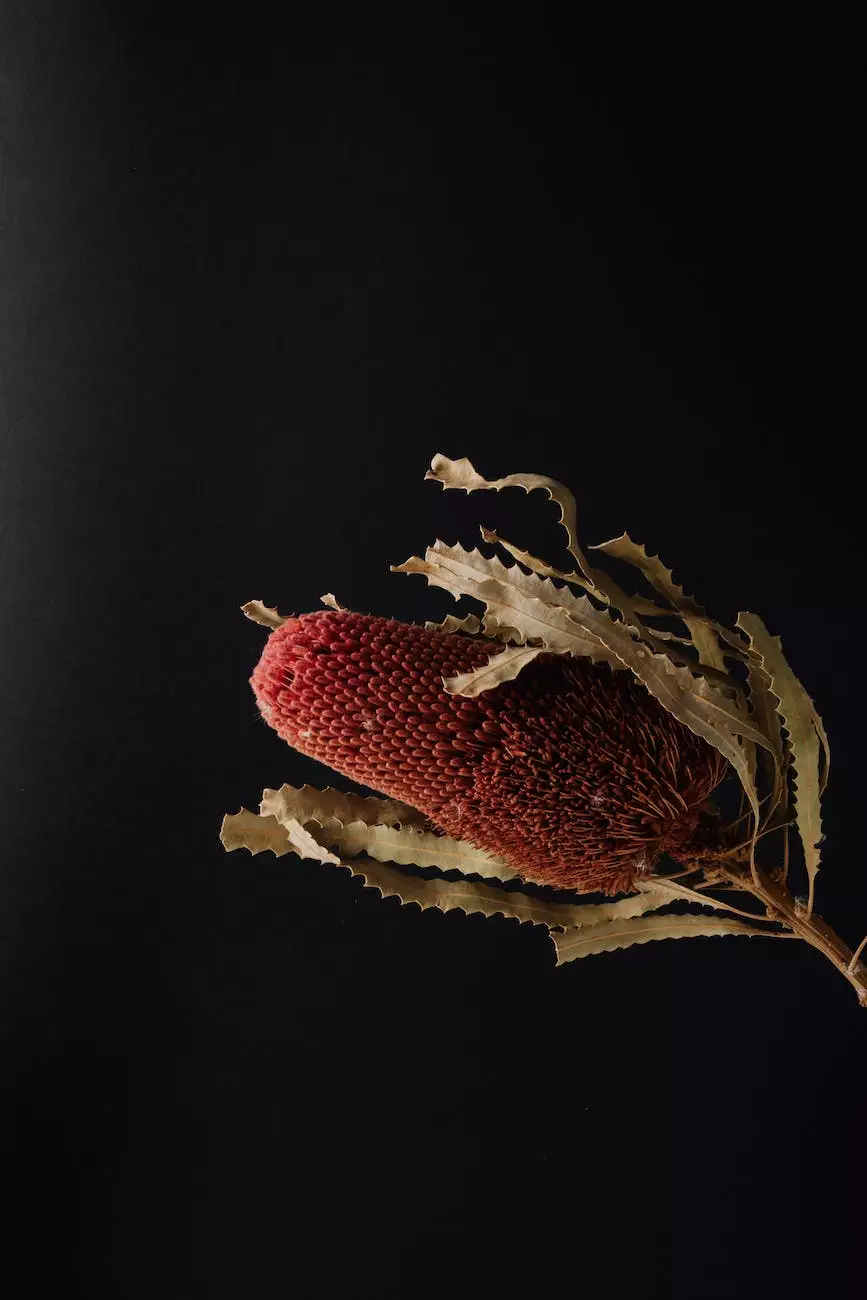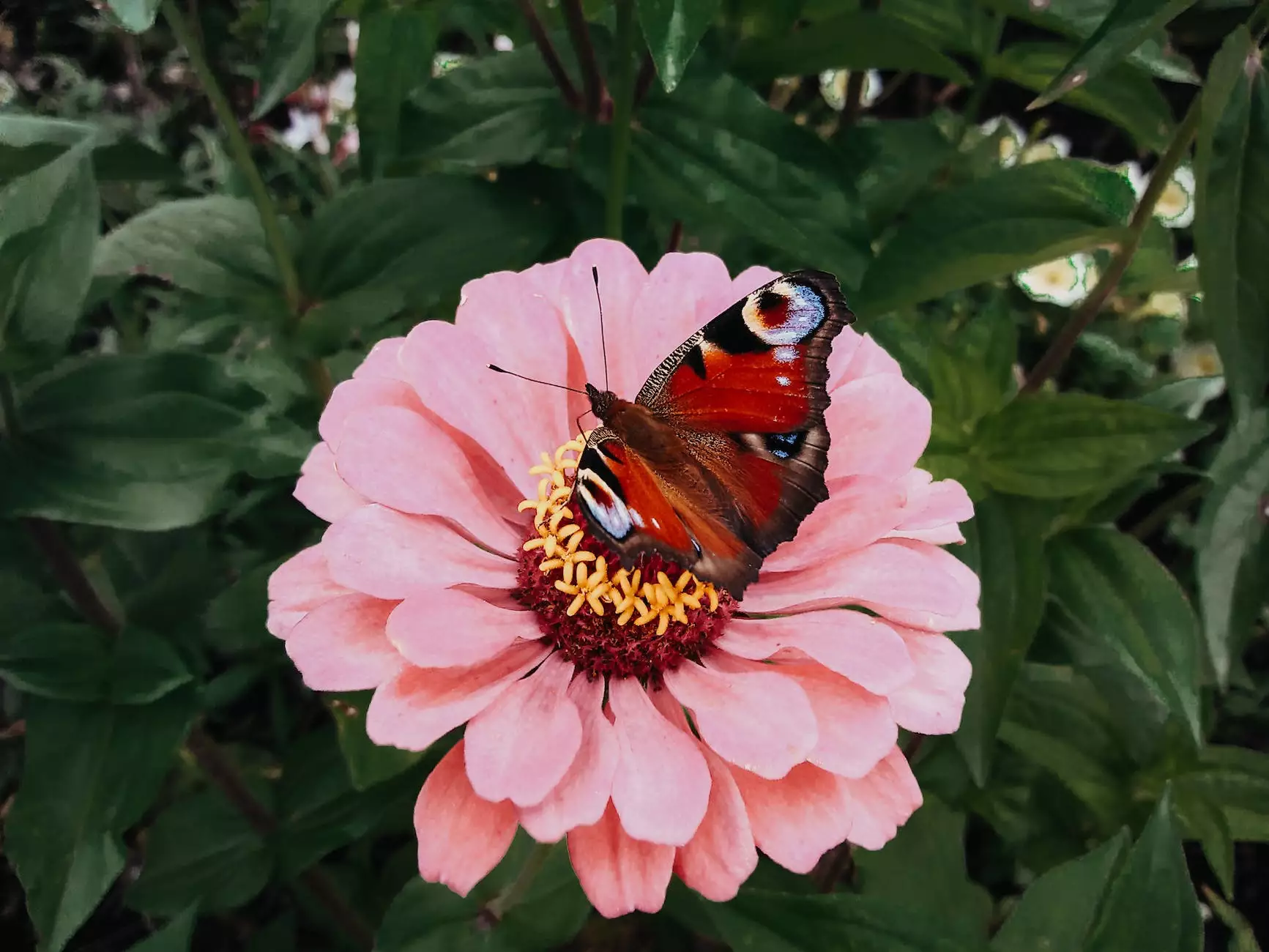Sooty Mold: Common Pests - Aphids, Scale & Whitefly
Blog
Welcome to the informative page dedicated to understanding and overcoming the issue of sooty mold caused by aphids, scale, and whitefly. Southside Fixtures is here to help you gain insights into this common problem and provide effective solutions to maintain a pest-free environment for your business or real estate property.
Understanding Sooty Mold
Sooty mold is a type of fungal growth that often appears on the surfaces of plants, trees, and structures, causing them to take on a black, soot-like appearance. This growth occurs as a result of infestation by aphids, scale insects, or whiteflies. These pests feed on plant sap, excreting a sticky substance known as honeydew. The sooty mold then develops on this sticky residue, creating an unsightly and potentially damaging situation.
Common Pests - Aphids, Scale & Whitefly
Aphids, scale insects, and whiteflies are frequently encountered pests that can wreak havoc on plants and landscapes. Let's take a closer look at each of these pests:
Aphids
Aphids are small, soft-bodied insects that typically feed on the sap of plants. They reproduce rapidly and can produce sticky honeydew as they feed. Aphids come in various colors and can be found on plant leaves, stems, and buds. Some species even have wings, enabling them to migrate to new plants.
Scale Insects
Scale insects are small, immobile pests that attach themselves to plants and extract sap for nourishment. They produce a protective covering that resembles scales, hence their name. These pests vary in size, shape, and color. They can be found on branches, leaves, and fruit. Scale insects can weaken plants and make them susceptible to disease.
Whiteflies
Whiteflies are tiny, flying insects that resemble small moths. They feed on plant sap and produce large quantities of honeydew. Whiteflies can be found on the undersides of leaves, often in large groups. Infested plants may experience yellowing and wilting of leaves, stunted growth, and decreased overall health.
Preventing and Controlling Sooty Mold
It is important to address the underlying pest infestation in order to effectively control and prevent the development of sooty mold. Here are some strategies that Southside Fixtures recommends:
1. Regular Inspections
Perform routine inspections of plants and trees to catch early signs of aphids, scale insects, or whitefly infestations. Look for clusters of pests, damage to leaves, or the presence of honeydew and sooty mold.
2. Natural Enemies
Encourage the presence of natural enemies such as ladybugs, lacewings, and parasitic wasps, which feed on aphids, scale insects, and whiteflies. Introducing beneficial insects can help control the population of these pests and prevent sooty mold formation.
3. Physical Removal
If the infestation is not severe, manually remove aphids, scale insects, and whiteflies from the plants by gently wiping them off or using a strong stream of water. This method can provide temporary relief and prevent further damage.
4. Horticultural Oils
Applying horticultural oils can suffocate and kill aphids, scale insects, and whiteflies. These oils effectively control pests without harming beneficial insects. However, exercise caution when using oils on certain plants, as some may be sensitive to the application.
5. Insecticidal Soap
Insecticidal soaps are another option for controlling these common pests. They work by dehydrating and disrupting the cell membranes of the insects. Be sure to follow the manufacturer's instructions and avoid excessive use, as it may harm plants.
6. Cultural Practices
Maintaining proper plant care practices, such as regular watering, fertilization, and pruning, can help plants resist infestations and recover from damage caused by pests. Healthy plants are less susceptible to sooty mold.
7. Consultation with Pest Control Professionals
If the infestation becomes overwhelming or persists despite preventive measures, it may be necessary to seek the expertise of pest control professionals. They can assess the situation and provide targeted treatments to rid your property of pests and prevent the recurrence of sooty mold.
Conclusion
Southside Fixtures understands the importance of maintaining a pest-free environment. By addressing the issue of sooty mold caused by aphids, scale insects, and whiteflies, we help businesses and real estate properties thrive without the burden of unsightly and damaging mold. Implementing effective prevention and control measures outlined above can ensure a healthy and thriving landscape.
Remember, Southside Fixtures is your trusted partner in the business and consumer services - real estate industry, providing comprehensive solutions and expertise to tackle the challenges faced by property owners. Contact us today to learn more about our services and how we can assist you in achieving a pest-free environment.










